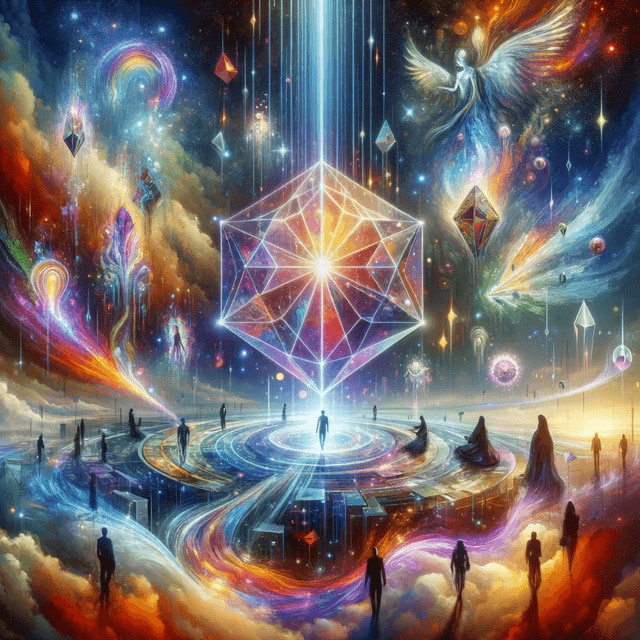
AI Image Generator
Generate unique high quality AI images quickly.
Instructions
1. Type in a description of the image you'd like to generate.
2. Press "Generate Image" and Typli will generate an image for you. An image takes around 15 to 30 seconds to generate.
Try more AI writing tools
There's 109 to choose from.
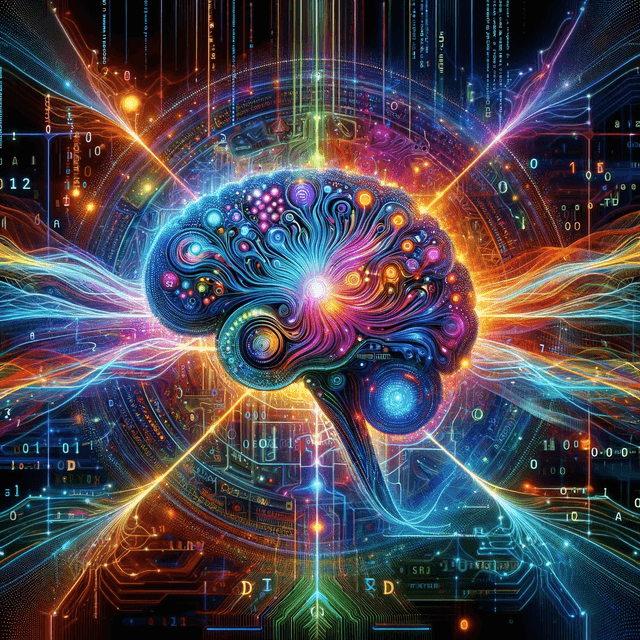
AI Text Generator
Unleash the power of AI to generate creative and engaging text with Typli's Free AI Text Generator.
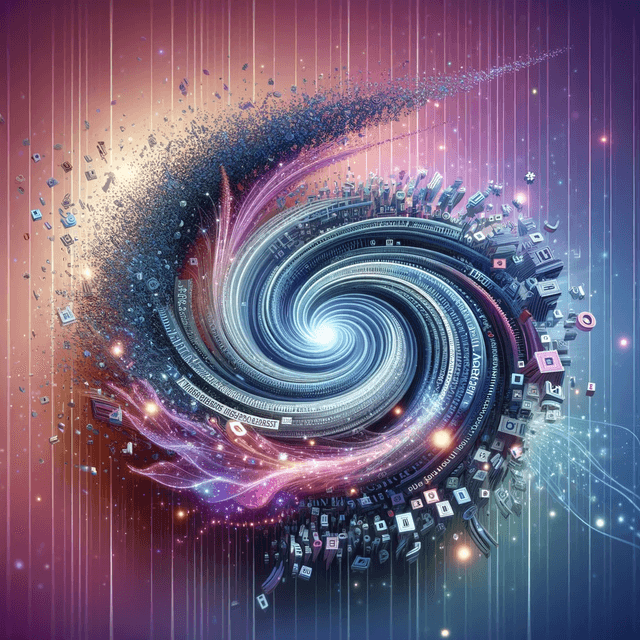
AI Paraphrasing Tool
Looking for a reliable paraphrasing tool? Check out our AI-powered solution.
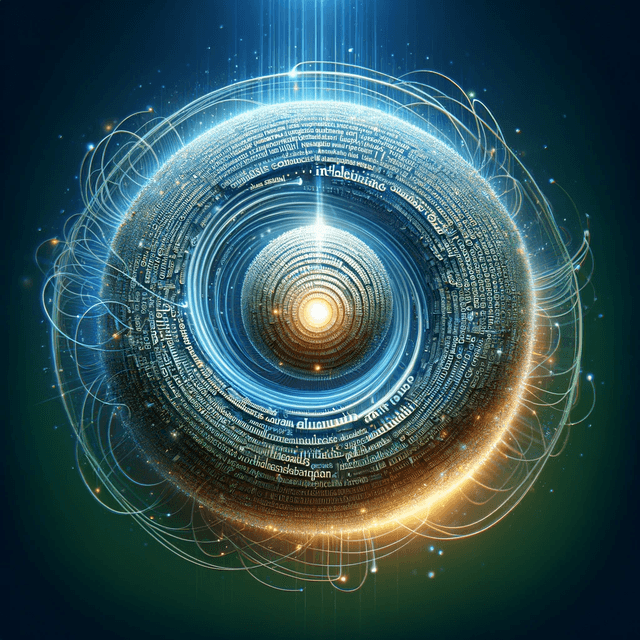
AI Summarizer Tool
Get to the point with our efficient AI summarizer tool.
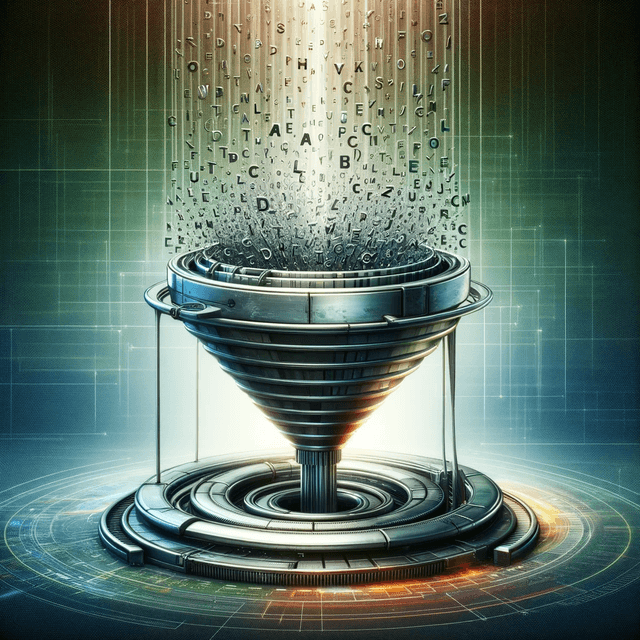
AI Acronym Generator
Get personalized and original acronyms in seconds with our user-friendly generator tool that's perfect for all your needs.
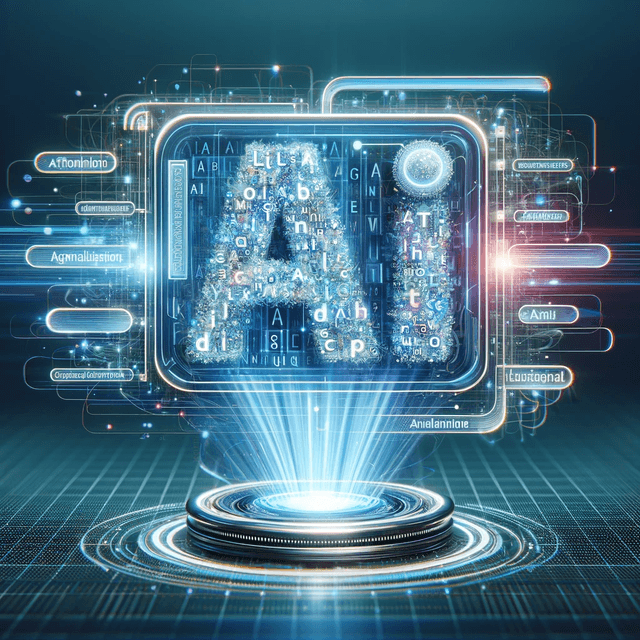
AI Letter Generator & Writer
Quickly create professional or informal letters using our AI letter generator tool.
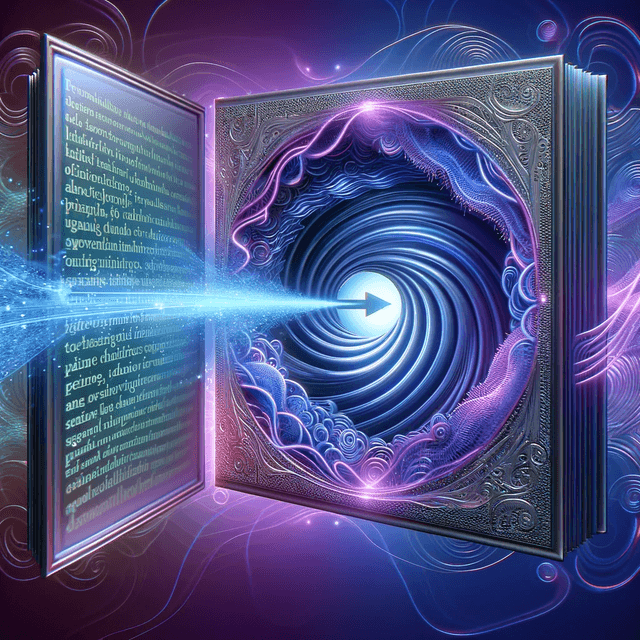
Passive to Active Voice Converter
Easily convert passive voice to active voice for a more impactful and engaging writing style.
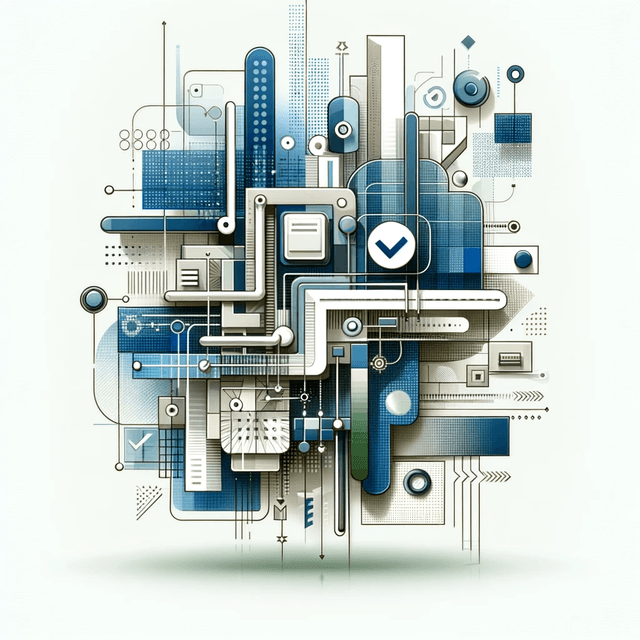
Bullet Point Generator
Turn your ideas into clear, concise bullet points. Perfect for presentations, lists, and summaries.

AI Image Generator
Generate unique high quality AI images quickly.
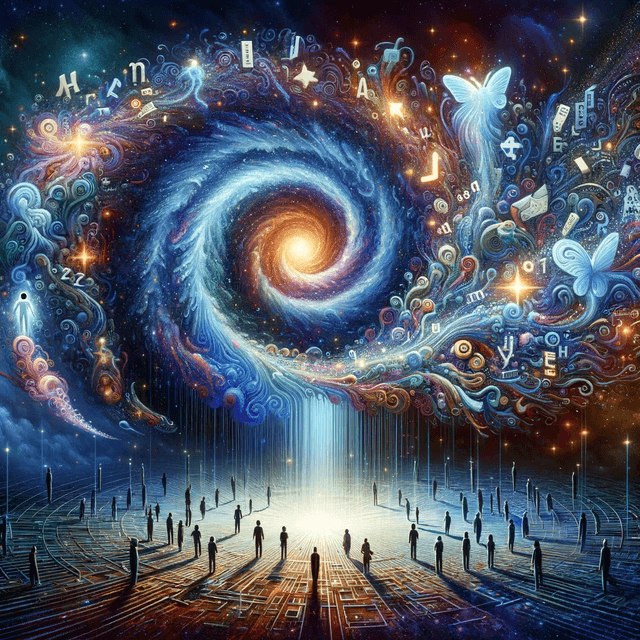
AI Speech Writer
Create compelling speeches with our AI speech writer — a tool to craft messages that resonate, from informative and persuasive to motivational and entertaining.
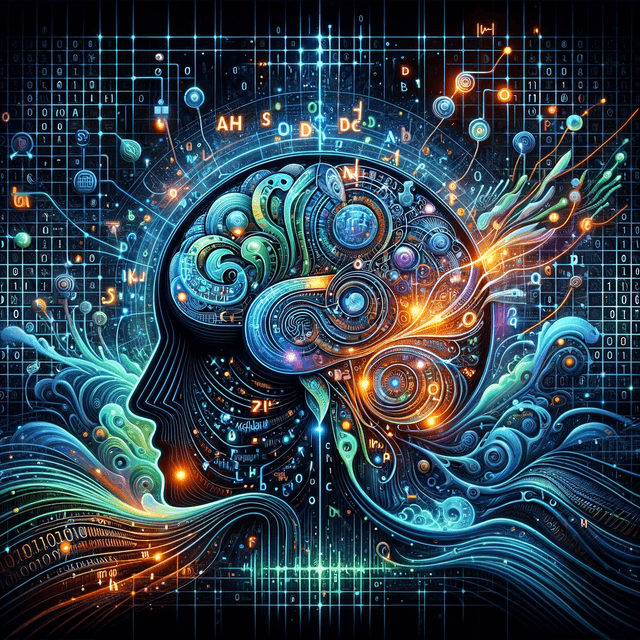
ChatGPT Rewriter
Transform your text with ChatGPT Rewriter - the ultimate tool for rephrasing and paraphrasing content.
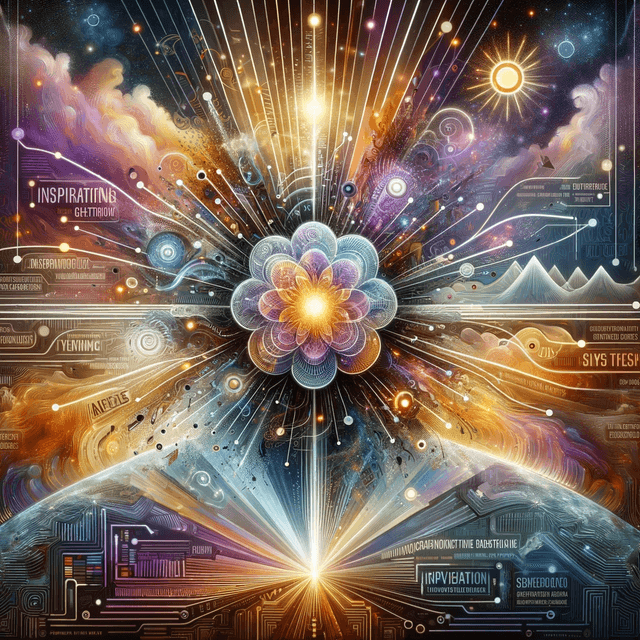
Quote Generator
Generate compelling and impactful quotes with the help of our AI quote generator. Save time and stay inspired.
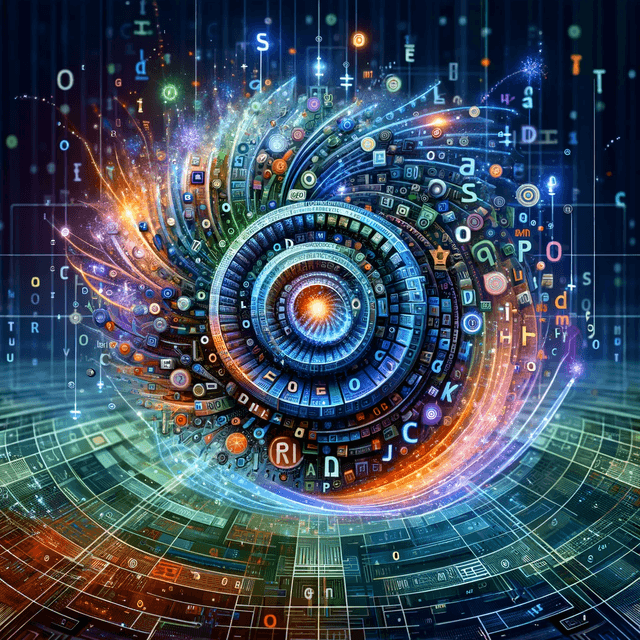
Sentence Rewriter
Transform your content with our AI sentence rewriter and create fresh, unique text.
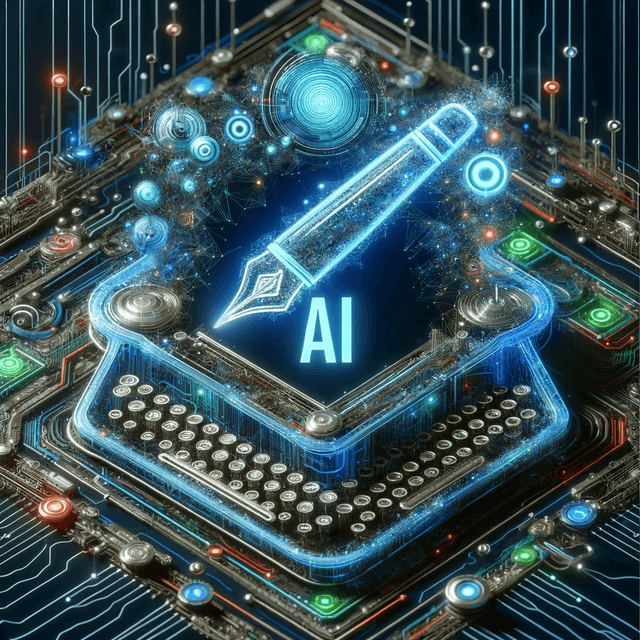
AI Writing Generator
Unleash the power of artificial intelligence to generate high-quality, engaging content with Typli's Free AI Writing Generator. Ideal for bloggers, marketers, and content creators.
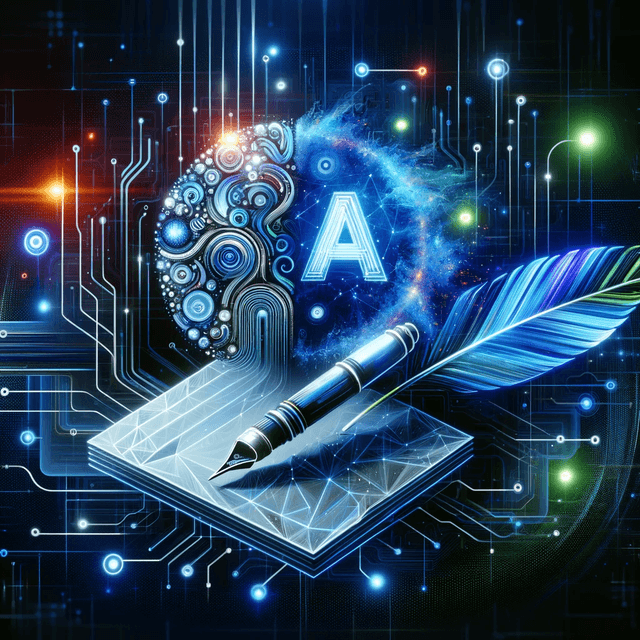
AI Content Generator
Generate compelling, unique content instantly with Typli's Free AI Content Generator. Perfect for blogs, social media, and marketing material.
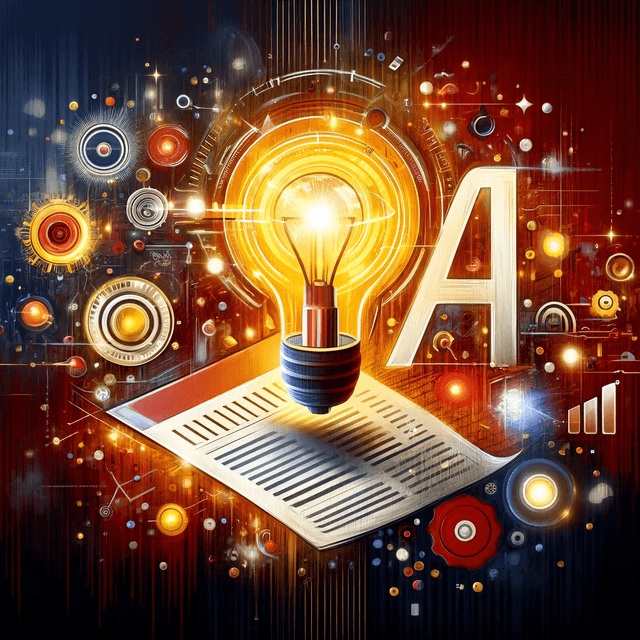
AI Headline Generator
Instantly generate eye-catching headlines with Typli's Free AI Headline Generator. Perfect for articles, blogs, and marketing campaigns.
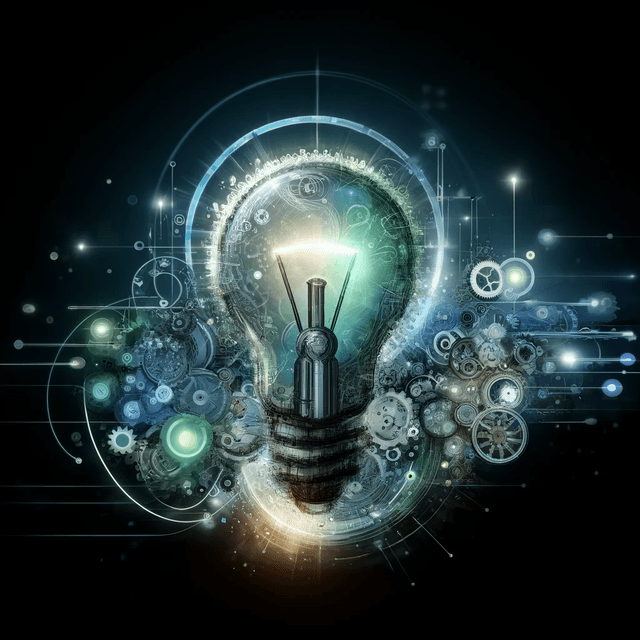
Project Name Generator
Generate a creative and unique name for your project. Get name ideas that capture the essence and goals of your project.
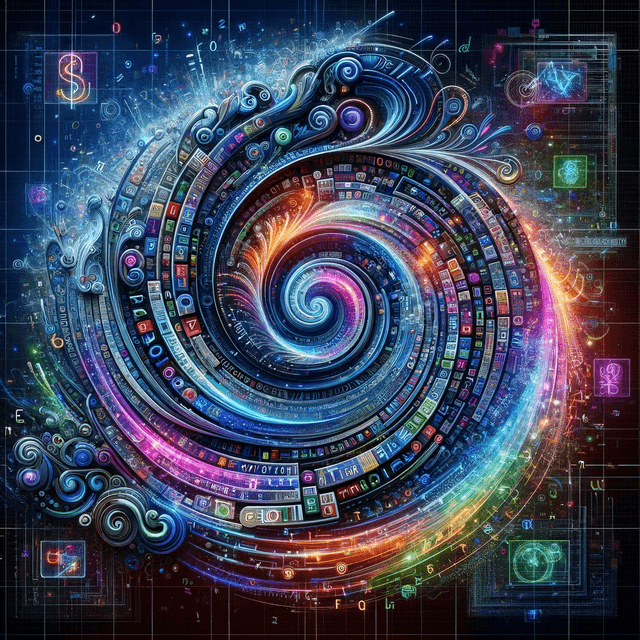
Paragraph Rewriter
Produce authentic and captivating content by rewording paragraphs with our rewriter tool.
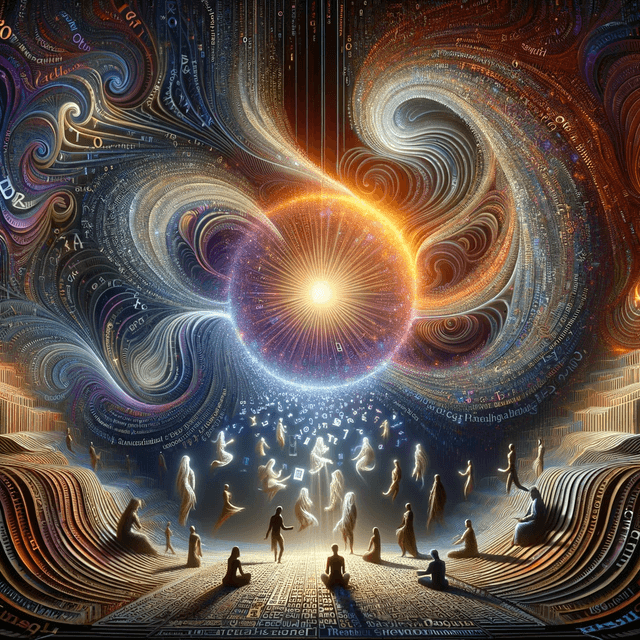
Paragraph Generator
Typli’s AI paragraph generator crafts sentences that flow like a river, delivering smooth, relevant, and surprisingly human paragraphs that get better with each use.
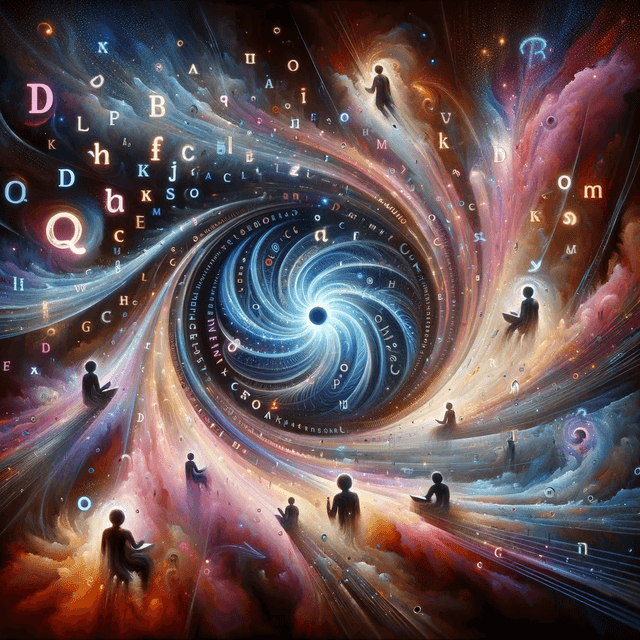
AI Word Expander
Add depth and creativity to your writing with our AI word expander tool for a more sophisticated language experience.
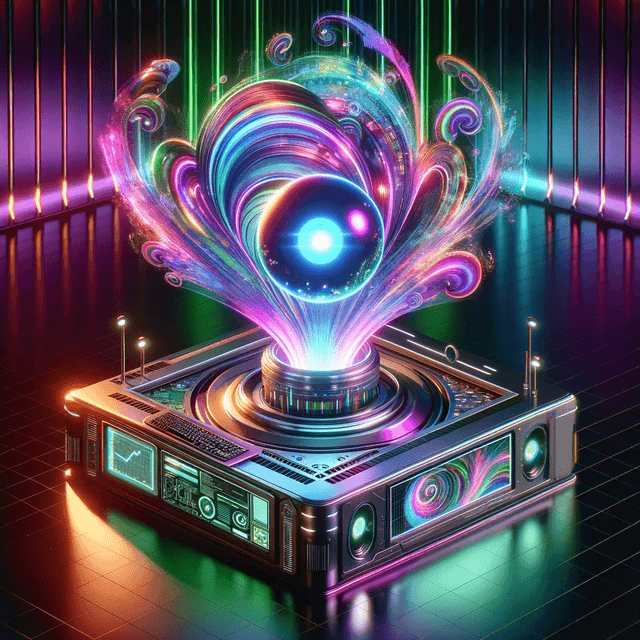
Hook Generator
Uncover the art of writing hooks, headlines, and intros that demand attention from your readers.
AI Image Generators in 2023: Unlocking Creativity and Beyond
Artificial Intelligence (AI) has not only transformed how we interact with technology but fundamentally revolutionized the creative disciplines. Among AI’s most fascinating advancements lie the image generators that have staggeringly grown both in popularity and capability. These generators are software based on intricate machine learning algorithms designed to produce images from textual descriptions, a concept that sounds nearly magical. This article delves into how AI image generators work, their impact on various fields, and the ethical considerations they raise.
The Wizardry Behind AI Image Generators
The core technology that fuels AI image generators is a type of neural network called Generative Adversarial Networks (GANs). GANs consist of two parts: the generator, which creates images, and the discriminator, which evaluates them. The generator produces a visual representation from a given text or noise pattern, while the discriminator assesses whether the output is distinguishable from a real image. Through this continuous contest, the generator improves, producing increasingly convincing images.
Advancements in GANs and related technologies, such as Variational Autoencoders (VAEs) and Transformer models, have led to image generators that can craft everything from fantastical creatures to photorealistic portraits. The year 2023 has seen a swell in their fidelity and diversity, making AI-generated images nearly indistinguishable from those captured by a camera or drawn by an artist’s hand.
The Dawn of Creative Expansion
AI image generators have become the modern muse for artists, designers, and anyone in need of visual content. The once arduous process of drafting concepts, iterating, and finalizing artworks can now be accelerated. Artists can feed descriptions or moods into these generators and use the resulting images as a starting point, like digital sketching—saving time for refining and enhancing their masterpieces.
In graphic design, branding, and advertising, AI image generators offer a vast array of possibilities, composing imagery that resonates with targeted demographics or evokes certain emotions, all without starting from scratch. Moreover, the ability to generate countless variations enables rapid A/B testing, optimizing visual strategies like never before.
The Business and Beyond
The impact of AI image generators goes well beyond the art studio or the advertising firm. In e-commerce, bespoke product imagery can be created without the need for physical prototypes or elaborate photo shoots. This equates to a reduction in costs and, crucially, time to market for new products.
The architectural and interior design realms reap similar benefits, as AI image generators enable them to visualize spaces and structures before a single brick is laid. Clients can tour AI-generated renditions, offering feedback that’s integrated in real-time, ushering in an era of unprecedented customer engagement and efficient project turnaround.
For the world of gaming and virtual reality, AI image generators stand as titans of content creation. Game environments and character assets that would take countless hours to model and texture can now be procedurally generated with AI, imbuing games with an endless well of originality and diversity.
Ethical Considerations and Intellectual Property
Not all that glitters is gold in the realm of AI-generated images. The blossoming technology raises intriguing ethical questions and intellectual property concerns. When an AI creates an image based on a famous painting or photographer’s style, who owns the output? Is it the creator of the AI, the person who input the description, or does some of the credit belong to the original artist whose work influenced the creation?
Additionally, the potential for deepfakes and misinformation cannot be overlooked. Photorealistic images of events that never occurred or portrayals of people in false contexts can have severe ramifications in society, from politics to personal reputations. Mechanisms for verifying the authenticity of images and protecting individuals’ rights are more vital than ever.
The Future Is Illustrated
Looking ahead, AI image generators are poised to evolve further. Integration with other AI domains, like natural language processing and understanding, could enable even more nuanced and context-sensitive outputs. Imagine AI that can interpret the emotion in a piece of text and generate images that perfectly encapsulate that sentiment.
In an ambitious future, real-time collaboration with AI could become a staple in creative fields. Picture working side by side with an AI assistant: you sketch a rough concept, and the AI enhances it, suggesting alternatives or filling in details as you ideate openly—a genuine blend of human intuition and machine precision.
Final Thoughts
AI image generators in 2023 are catalysts for an artistic and industrial renaissance. They empower creators with unprecedented tools, thrust businesses into new efficiencies, and challenge us to re-examine our conceptions of art and authorship. However, they also necessitate thoughtful discourse on the implications of their use and the responsibilities of their users.
As society navigates the complexities of this AI-driven landscape, the promise of AI image generators is clear—they offer a canvas limited only by our imaginations. Whether spawning entirely new artistic movements or reshaping industries, these tools are hallmark innovations of our time. By understanding and harnessing their power responsibly, we can usher in an era of boundless creativity and innovation.
In the fast-evolving narrative of AI, image generators are not just a chapter; they are characters driving the plot forward. As 2023 unfolds, we eagerly anticipate the next masterpiece these digital da Vincis will help us create.